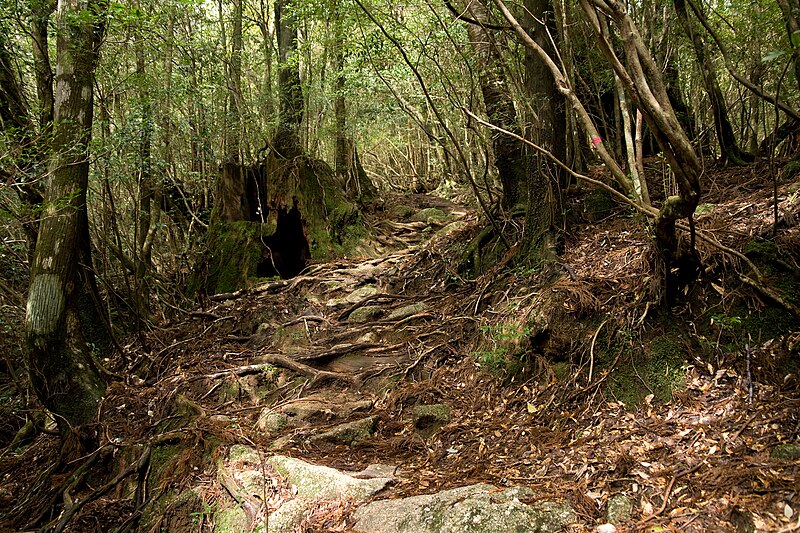by Duncan Gromko
If Bill McKibben, the leader of the climate movement, asked for my advice, I'd tell him two things. First, wow, you've done an amazing job mobilizing young people. Second, I think you need to add another issue to your campaign. So far, 350.org has focused mostly on stopping Keystone XL and encouraging universities and other investors to divest from fossil fuels. I love these two issues; they are a big reason that Americans are paying attention to climate change again. However, the Obama Administration is eventually going to decide on KXL, likely by June. And divestment is great, but I don't think it's going to move the needle on greenhouse gas emissions enough. We need to start fighting for something really big.
Now Bill, I'd say, one problem with the climate movement is that we're a bit divided at the moment. David Roberts over at Grist has been writing a lot about the divide between climate Analysts and Activists. Analysts like Andrew Revkin at the NY Times and Michael Levi at the Council on Foreign Relations disagreed with the KXL protest because blocking pipeline wouldn't do much to address fossil fuel demand, which is the real driver of GHG emissions. The Analysts are right that, in terms of GHG emissions, compared to something like a carbon tax, blocking KXL is peanuts. But they miss the point: people don't get excited about a carbon tax! From George Hoberg:
So Bill, you got 40,000 people out in the February cold to protest against the pipeline; the intensity is starting to grow. Maybe I'm brainwashed from living in the Beltway, but I think that you can get more intense support by going a little more mainstream. Your next issue needs to make a big dent in emissions. Side benefit, the Analysts will like that.
There are a lot of policy ideas so I'll consider seven: four from WRI, blocking coal export terminals, a carbon tax, and stopping fossil fuel subsidies. Since we're trying to appeal to both Analysts and Activists, I'll rate the policy ideas from 1 to 10 based on how much I think those two groups would like the issue:
Looking at the graph, the sweet spot issues are in the upper right quadrant (power plant standards and fossil fuel subsidies). I think which issue you end up choosing depends on how far along you think the movement is (or if you agree with my ratings). Bill, I'm fine if you want to prioritize Activists over Analysts and choose coal exports or fossil fuel subsides over power plant standards. Ending fossil fuel subsidies is similar to the divestment campaign, while the coal exports issue shares some parallels with KXL. I think, at this point, the next issue has to be something in the right half of the graph, that keeps Activists fired up.
So Bill and other Activists/Analysts, I'd appreciate your input on what you think of my ratings and what other issues you think I should graph. Or what you think of this as a framework for analyzing issues...my original idea was to rate issues based on three criteria: feasibility, climate impact, and excitability (how much Activists get fired up by the issue).
 |
| Photo Credit: Nick |
If Bill McKibben, the leader of the climate movement, asked for my advice, I'd tell him two things. First, wow, you've done an amazing job mobilizing young people. Second, I think you need to add another issue to your campaign. So far, 350.org has focused mostly on stopping Keystone XL and encouraging universities and other investors to divest from fossil fuels. I love these two issues; they are a big reason that Americans are paying attention to climate change again. However, the Obama Administration is eventually going to decide on KXL, likely by June. And divestment is great, but I don't think it's going to move the needle on greenhouse gas emissions enough. We need to start fighting for something really big.
Now Bill, I'd say, one problem with the climate movement is that we're a bit divided at the moment. David Roberts over at Grist has been writing a lot about the divide between climate Analysts and Activists. Analysts like Andrew Revkin at the NY Times and Michael Levi at the Council on Foreign Relations disagreed with the KXL protest because blocking pipeline wouldn't do much to address fossil fuel demand, which is the real driver of GHG emissions. The Analysts are right that, in terms of GHG emissions, compared to something like a carbon tax, blocking KXL is peanuts. But they miss the point: people don't get excited about a carbon tax! From George Hoberg:
"McKibben and his allies didn’t choose to draw a line in the sand on KeystoneXL because it was the most cost-effective policy to reduce GHG emissions. They picked it because it made political sense given the state of the climate movement in US and global politics. Having failed so spectacularly at Copenhagen and then in the US Congress to get meaningful action, McKibben and Co. recognized that to have meaningful success, more direct action would be required to galvanize the intensity of preferences at the grassroots level needed to foster a powerful social movement. Keystone XL turned out to be a perfect short-term vehicle for that."A Theda Scokpol report argued that climate hawks lost the cap-and-trade fight because we didn't have intense support for the bill. Obama doesn't have as much power as people think he does; Congress has to pass legislation. Politicians need to see a political benefit to climate action (or cost to inaction). The Tea Party's hatred of climate change legislation outweighed broader support for action. In Washington, interests groups with small, but passionate support (see the NRA) have influence that is disproportionate to the size of their base. Gun control legislation is so difficult to pass because politicians know there will be a political cost to doing so. We need Activists to supply this intensity.
So Bill, you got 40,000 people out in the February cold to protest against the pipeline; the intensity is starting to grow. Maybe I'm brainwashed from living in the Beltway, but I think that you can get more intense support by going a little more mainstream. Your next issue needs to make a big dent in emissions. Side benefit, the Analysts will like that.
There are a lot of policy ideas so I'll consider seven: four from WRI, blocking coal export terminals, a carbon tax, and stopping fossil fuel subsidies. Since we're trying to appeal to both Analysts and Activists, I'll rate the policy ideas from 1 to 10 based on how much I think those two groups would like the issue:
- Emissions standards to reduce methane leakage from natural gas production. Please, stay away from this issue. This would be a pretty marginal climate gain and you'd completely alienate Activists (because you're essentially endorsing fracking). Plus, the EPA and the Department of the Interior are already on this. (Analysts 5, Activists 1)
- A carbon tax (or cap-and-trade). The Holy Grail for Analysts. If done right, a significant carbon tax is probably the best way to reduce domestic greenhouse gas emissions. But there is no way Congress is passing this bill. I applaud Senators Sanders and Boxer for proposing the bill and I hope that in a couple years the discussion on climate change has shifted enough that we can make a real push for this. But the movement is not ready for this and failing on this issue would be deflating. (Analysts 9, Activists 3)
- Boost energy efficiency. This is a climate win, but somehow I have a tough time imagining protest slogans for energy efficiency. (Analysts 6, Activists 3)
- Limit hydrofluorocarbons. Ditto. (Analysts 5, Activists 3)
- Block coal export terminals. This is a decent option. As US coal consumption declines, coal producers are looking for new markets (China and India) to sell their coal and export terminals on the West coast are currently too small to ship much coal. There are six proposed new ports that would ship 150 million short tons of coal per year. If we don't export the coal, it is more likely to stay in the ground. And, shipping cheap coal to China and India reduces their incentives to improve their energy efficiency and dependency on fossil fuels. I think Activists would get pretty excited about this one. But, despite the climate benefit, I don't think that Analysts will be too excited about it - it does nothing to directly reduce American fossil fuel demand. (Analysts 4, Activists 7)
- Fossil fuel subsidies. This is my second favorite option. I think it has more appeal to Activists than power plant emissions standards (below), so, depending on how strong you think the movement is at this point, this could even be the best choice. People would be fired up about this - it has the same appeal as divestment. There would obviously be a lot of push back from the fossil fuel industry, but with the current political climate dominated by talk of the deficit, there might even be traction for this issue. Analysts like this idea too. (Analysts 6, Activists 8)
- Emissions standards for power plants. This might be the best option. If the EPA regulates emissions from power plants, there would be significant climate benefit. It wouldn't get Activists as excited as something like Keystone, but coal plants are huge part of the problem and it would be pretty easy to paint them in a bad light and get people excited. (Analysts 8, Activists 6)
So Bill and other Activists/Analysts, I'd appreciate your input on what you think of my ratings and what other issues you think I should graph. Or what you think of this as a framework for analyzing issues...my original idea was to rate issues based on three criteria: feasibility, climate impact, and excitability (how much Activists get fired up by the issue).























